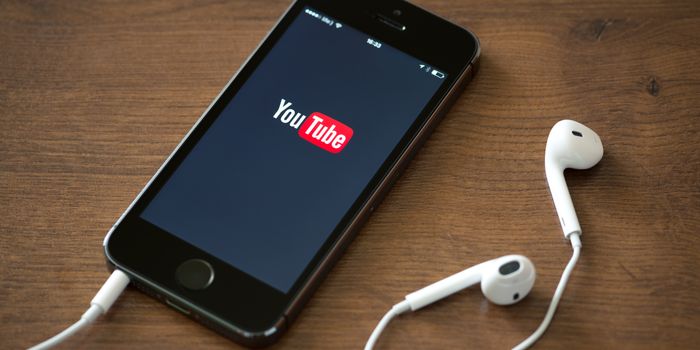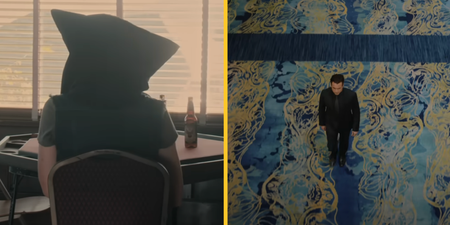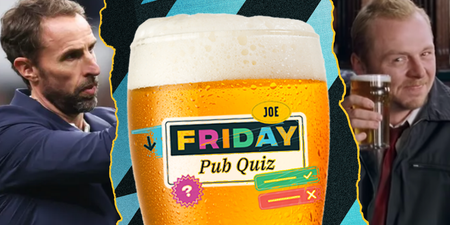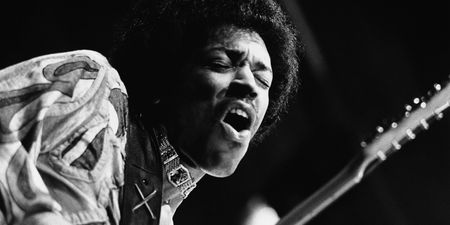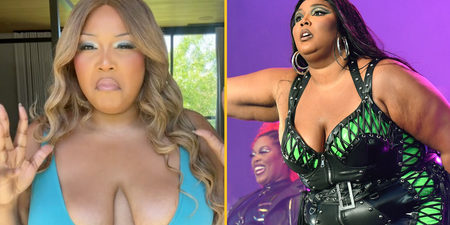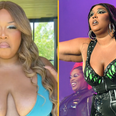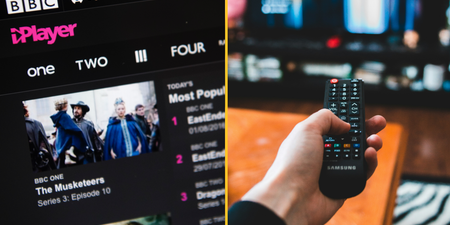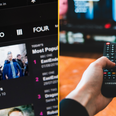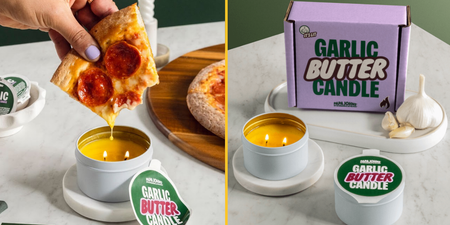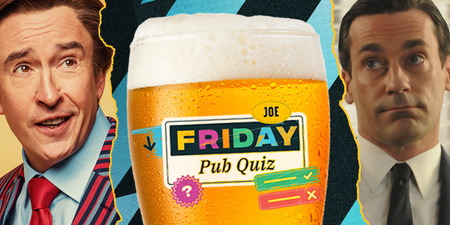A lot has changed since I first started buying music
I can remember saving my money from the paper round I had and every couple of weeks getting on a bus to Exeter and heading straight to either Our Price or HMV to spend it.
First there were cassettes (of which I still have some), next there were CDs, then of course there were Mini Discs (my favourite). And while I was never one to really buy vinyl there was definitely a lot of it on the shelves in the stores I frequently visited.
Today’s generation have no idea how lucky they have it. They can wake up on a Friday morning, reach over to their phone, visit their chosen streaming site and push play on any new release they’ve been waiting on.
I had to get up at 7 o’clock on a Monday morning. I had to get dressed, check the back of The Source or NME to see what new releases were out – which also meant I had to buy those magazines to even obtain the information – travel an hour to the closest big city, queue outside the record store until the shutters came up at 9am and run to the new release section and hope they had what I was looking for. Sometimes I came up short meaning my entire morning was wasted. But that’s what we had to do back then.
But don’t get it twisted, I’m not complaining. If I could go back I wouldn’t change a thing. I loved that part of the buying process, being first and not having to wait until a friend had it. I was that friend. And on the flip side I’m not complaining about the way music is consumed and purchased today. It makes sense and it certainly makes life easier.
Which brings me to the latest change, a change that focuses more on chart positions than it does music consumption.
It was announced last week that the Official UK Top 40 chart will now take into consideration music video streams. The first chart it will impact will be Friday July 6th 2018.
I have to say I’m not surprised and it’s about damn time. I’ve always said that artists should be rewarded for all of their creativity and not just a select portion deemed worthy by the powers that be, especially in an era where it’s harder for an artist to make money from record sales. So the least that they deserve is some recognition.
Audio streams via platforms such as Spotify and Apple Music have counted towards chart positions for the past four years so it only makes sense that music video streams count also, after all they are just music streams with the added bonus of a video being attached to it.
However, before you start thinking it’s the wild west out here there are a few rules:
– Music video streams are only being counted if they’re streamed via known services such as YouTube and Apple Music. Currently Vevo is not a part of the new process but Vevo managed accounts on YouTube will count towards chart positions.
– You will only be able to play a video 10 times in a 24 hour period for it to count. Anything after that will not be included.
– Only official YouTube accounts will be eligible for inclusion. So you won’t be able to just create an account and upload music to it and expect it to count. Official artist accounts, record label accounts and Vevo managed accounts are all okay.
I knew this would eventually happen, I knew that music video streams would be taken into consideration at some point. Aside from the fact that 40% of UK streaming takes places on YouTube, the moment Lyor Cohen was appointed their Global Head of Music in 2016 I knew things would change quickly.
Saying from the off that he wanted to monetise YouTube and raise its music profile, Lyor Cohen came out the gate with groundbreaking intentions at the front of his mind.
Don’t know who Lyor Cohen is? Shame on you.
Cohen is the founder and former CEO of 300, to which the likes of Fetty Wap and Young Thug are signed. He had previously headed up Warner Music Group as its Chairman/CEO of Recorded Music until 2012; before that, he ran the consolidated Island Def Jam Music Group after Def Jam, of which he was President, was sold to Universal Music Group in 1998. He got his start as an artist manager at Russell Simmons’ Rush Artist Management in the 1980s, working with Run-DMC and the Beastie Boys, among others.
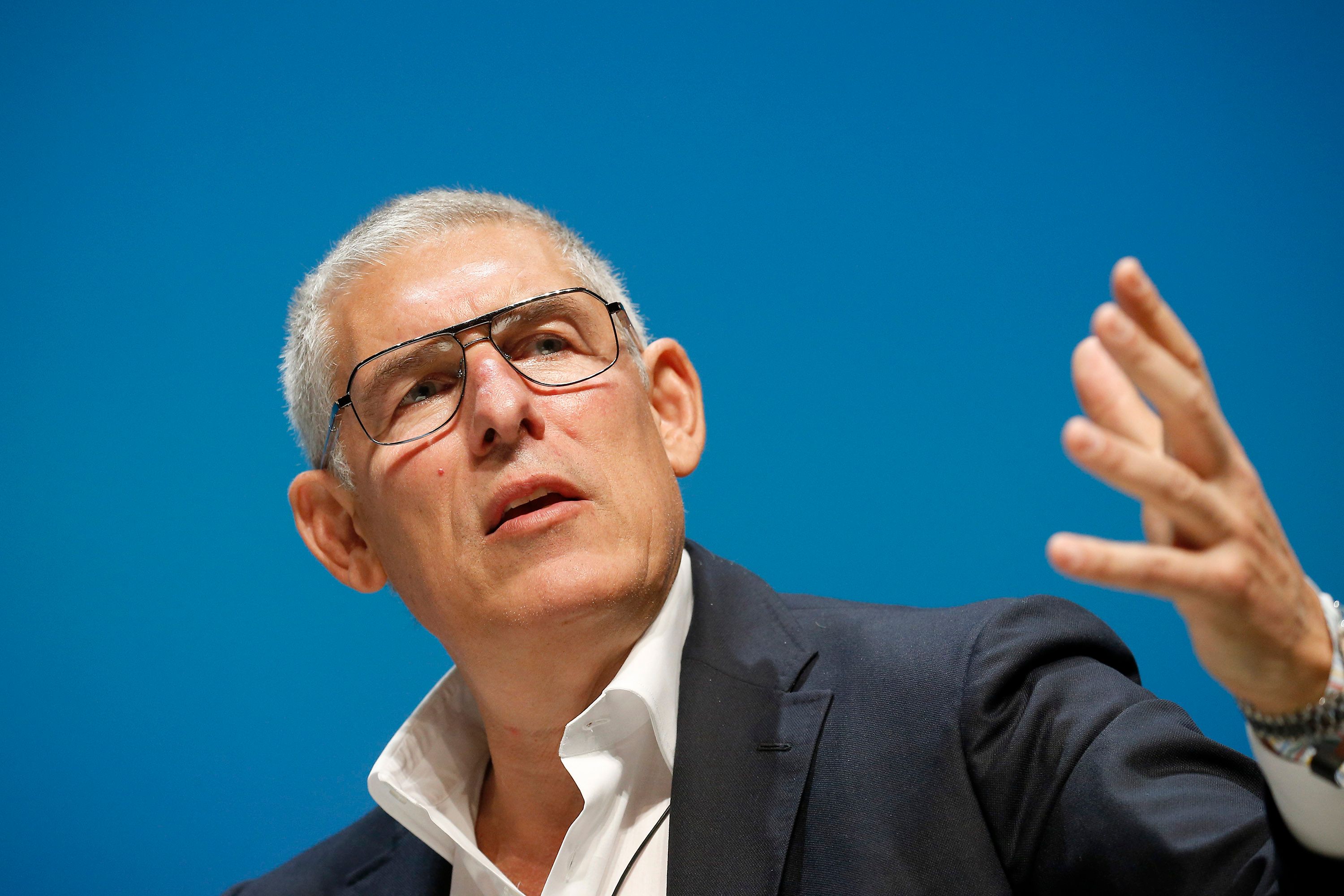
One of the most respected moguls in music, who is often heralded by big names such as JAY-Z, DMX, Kanye West, Bruno Mars and Ed Sheeran, he has had his hand in some of the biggest deals in music and actually worked closely with YouTube in signing its first record licensing deal back in 2006.
So with that type of clout I wouldn’t expect anything else but visionary-type steps from both Cohen and YouTube.
So why did it take so long to happen if audio streaming was introduced to chart data in 2014?
Originally considered four years ago when YouTube was the only platform offering a full video service, apparently it has a lot to do with their royalty splits and the length of which a video was watched before it counted towards a sale. While he declined to discuss the specifics, Martin Talbot, the charts’ Chief Executive, told the BBC: “I can’t really go into the details of specific services but any concerns we might previously have had, have been dealt with and sorted out.”
There was probably also a cause for concern after what happened on the Billboard chart last year when Post Malone and 21 Savage’s “Rockstar” went to number one in October 2017 after a video of the song’s chorus on loop was uploaded by Post’s label, Republic Records. The video garnered over 41 million views – talk about a hack of the highest level.
It’s also worth noting that if you pay for your YouTube subscription – something that was introduced in May of this year – or any streaming subscription, then you’ll be helping the artist you’re listening to get up the charts even quicker.
A separate tweak to the chart formula will see paid music streams carrying more weight than free ones. Currently every 150 streams of a song results in one sale. However, from June 29th the ratio dropped to 100:1 for premium subscription users and shot up to 600:1 for those with a free subscription.
The change will benefit artists who restrict access to their songs on the free versions of Spotify and YouTube.
Another thing to note: while music video streams count towards single sales in the UK, unlike America’s Billboard chart these streams will not count towards album sales – for the moment at least.
Aside from knowing that this was going to happen (and feeling pretty smug about it), I’m actually really excited that music video streams now count towards music sales.
I grew up in an era where music videos counted for something. Money was spent on them. The artistic direction they took often blew my mind. Do you remember MC Hammer’s 15 minute “2 Legit 2 Quit” video? It cost $2.4million to make. What about Puff Daddy’s “Victory” video? It was a live-action movie starring Dennis Hopper that cost $2.7million to make. Then there’s Michael Jackson and Janet Jackson’s “Scream”. IT COST $7MILLION TO MAKE!
The fact that music videos now count towards something tangible like a record sale, not only will it spark creativity amongst artists once again but record labels might start investing in the production of them.
I can’t wait. Creativity can once again reign supreme.
Here’s a list of the most watched videos in the UK to date:
- Ed Sheeran – “Shape of You”
- Lusi Fonsi (Feat. Daddy Yankee) – “Despacito”
- Clean Bandit – “Rockabye”
- Ed Sheeran – “Castle on the Hill”
- French Montana (Feat. Swae Lee) – “Unforgettable”
- DJ Khaled (Feat. Justin Bieber, Quavo & Chance the Rapper) – “I’m the One”
- Dua Lipa – “New Rules”
- Jason Derulo (Feat. Nicki Minaj & TY) – “Swalla”
- Little Mix – “Touch”
- Camila Cabello (Feat. Young Thug) – “Havana”
